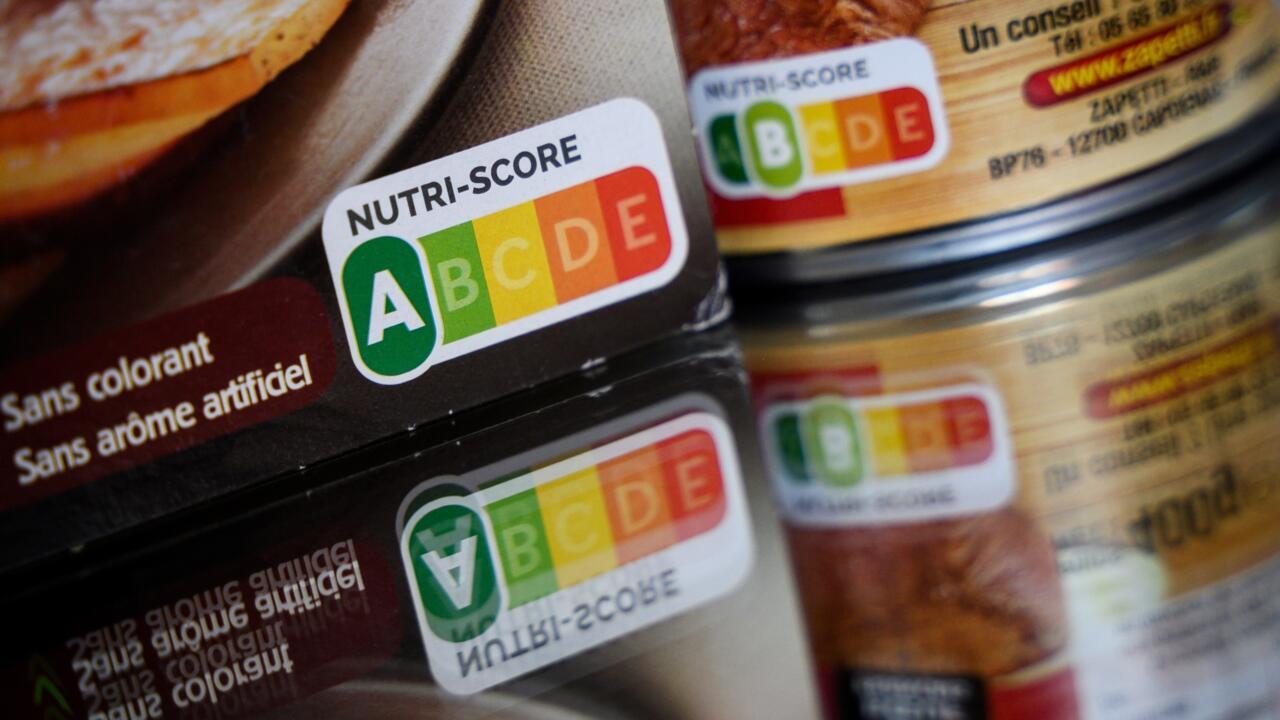Labelling in the EU is meant to give consumers accurate and honest information on the contents of their food so they can make informed decisions about what they are buying. But due to gaps in EU rules consumers can easily get “lost in a maze” of puzzling claims, according to the European Court of Auditors (ECA).
“Instead of bringing clarity, food labels too often create confusion; there are hundreds of different schemes, logos and claims that people need to decipher,” said Keit Pentus-Rosimannus, an ECA auditor. “Companies can be very creative in what they put on packaging, and EU rules have not caught up with a constantly evolving market, leaving some 450 million European consumers vulnerable to intentionally or unintentionally misleading messages.”
EU rules require producers to list ingredients, allergens and other mandatory information on food packages. Firms can then add voluntary statements including nutrition and health claims – such as “source of Omega-3 fatty acids” or “calcium is necessary to maintain healthy teeth”.
Here the picture gets muddier, according to the 27-nation bloc’s spending watchdog, as current rules allow businesses to zoom in on the more flattering features of their products and gloss over other aspects. An energy bar with lots of sugar can for example be branded simply as “high in protein” and a fatty orange cookie as a “source of fibre”, according to the report.
Even when such claims are false, checks and penalties are weak and almost non-existent for online food sales, it said. Health claims related to plant-substances or “botanicals” are not yet regulated at EU level, which leaves consumers potentially exposed to assertions not supported by science, the auditors added. Similarly, there is no EU definition of what “vegan” and “vegetarian” mean, although private certification schemes exist. Finally, different “front-of-pack nutrition labelling” schemes such as Nutri-Score and Keyhole, which aim at helping shoppers identify healthier food options, are in use in different countries, adding to the confusion, the ECA said.
European consumer rights group Foodwatch is pushing for Nutri-Score, currently used in France, Germany and a handful other countries, to be adopted across the bloc.
The ECA urged the European Commission to take a number of steps including addressing the gaps in the EU legal framework, and strengthening member states’ checks on voluntary labels and online retail.



You don’t need the nutriscore to compare humus to frozen pizza and I don’t think anyone is using it for that.
On the other hand it’s quite helpful to pick which pizza to buy. If one pizza is a F and another one is a B I’ll tend to go for the B. Especially if I’m shopping with kids I don’t have the time to check the label of each pizza box.
Another beneficial aspect of the nutriscore is that brands are now trying to have a good nutriscore, so now we are seeing a lot more processed food with whole wheat and lower level of sugar.
So as a whole I really think the nutriscore improved the nutritional value of what French people are eating.
I do actually agree that Nutri-Score could incentivize companies to add better ingredient to their food. However, the high tolerance for sugar is a clear-cut sign for lobbying influencing the calculation, I’d presume. And of course, until you have to feature a Nutri-Score on your products, you could simply not include it instead of improving your products - which leads back to the original article.
But that aside, my main critique is that a score like this should be usable to compare different products. While an informed customer certainly does benefit from distinguishing an “A” from a “D” frozen pizza at first glance, just as many people may eat more frozen pizzas as a result of rating it “A” instead of going for inherently healthier choices simply due to their lower rating. After all, many people still think juice is inherently healthy despite it being the poster child for hidden sugar bombs.
The nutriscore is juices is a C at best, so in this case it shows that juices are not as healthy as people thought.